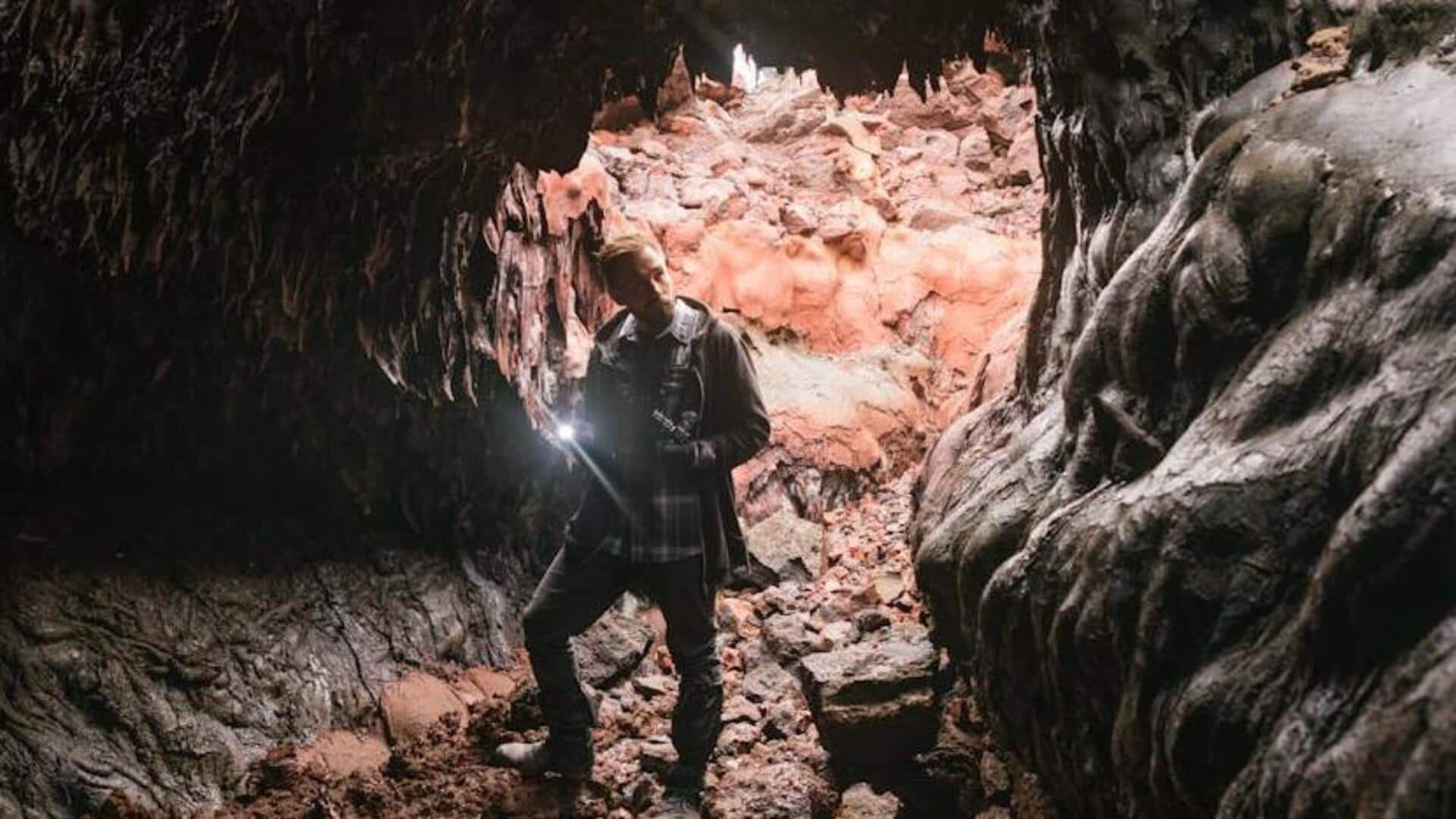
Unveiling Rome's ancient catacombs
What's the story
Rome, a city where history breathes through its ancient ruins and vibrant streets, holds beneath it a world frozen in time. The catacombs of Rome, underground burial places from centuries past, offer a unique glimpse into early Christian and Roman life. These subterranean passageways, adorned with early Christian art and inscriptions, invite travelers to step back in time and explore the depths of history.
Recommendation 1
The call of the Capuchin Crypt
Beneath the church of Santa Maria della Concezione dei Cappuccini, the Capuchin Crypt is a sight both fascinating and eerie. Over 4,000 monks' bones are intricately arranged on walls and ceilings, offering a meditation on life, death, and eternity. Visiting this crypt provides a profound experience unique to Rome, inviting reflection in its uniquely adorned space.
Recommendation 2
Venture into the catacombs of San Callisto
The Catacombs of San Callisto are among the largest and most important in Rome. Spread over 15 hectares and four levels deep, they house half a million tombs including those of several popes from the second to fourth centuries. The catacombs are adorned with early Christian frescoes that tell stories from the Bible, providing insight into ancient beliefs and practices.
Recommendation 3
Discovering Domitilla's underground secrets
The Catacombs of Domitilla are among the oldest in Rome, dating back to the second century A.D. They offer an extensive network of tunnels stretching over 17 kilometers. Visitors can marvel at ancient frescoes depicting biblical scenes and early Christian symbols such as fish or doves. A highlight is a subterranean basilica dedicated to martyrs Nereus and Achilleus.
Recommendation 4
Priscilla's hidden Christian artifacts
Hidden on Via Salaria, the lesser-known Catacomb of Priscilla is captivating. Dubbed "the Queen of Catacombs" for its significant number of martyrs' graves and early popes buried there, it showcases some of Christianity's earliest artworks. Among these is believed to be one of the first depictions of Mary with baby Jesus, highlighting its historical and religious significance.
Recommendation 5
Exploring San Sebastiano's ancient pathways
The Catacombs of San Sebastiano are deeply intertwined with the history of Saint Sebastian, who, according to tradition, was buried here. These catacombs hold the distinction of being among the first to be named in ancient documents, highlighting their importance. This makes them a crucial visit for those fascinated by early Christian history or archaeology, offering a unique glimpse into the past.